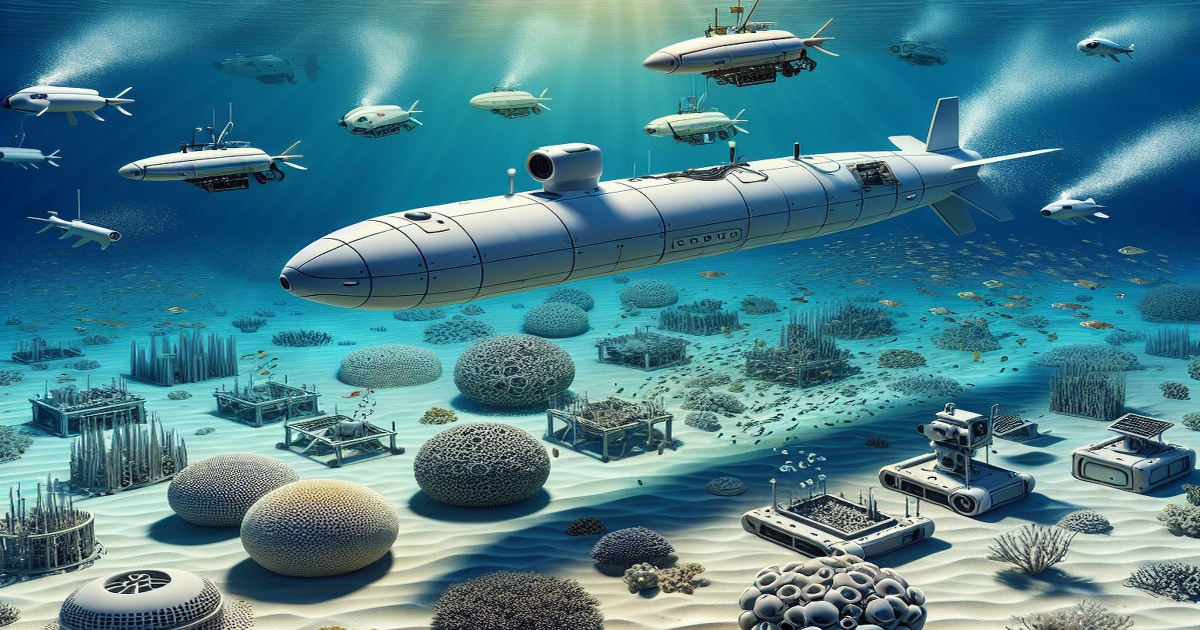A novel initiative in Cyprus is set to transform underwater environmental monitoring through the use of small, independent submersibles. These advanced autonomous vehicles, equipped with sensors and high-definition cameras, are tasked with tracking the performance of 3D-printed artificial reefs built to attract marine life in areas that typically lack biodiversity. The project is spearheaded by the Cyprus Marine and Maritime Institute, where researchers are keen to evaluate how effectively these reefs foster new marine habitats.
The artificial reefs themselves are constructed from an eco-friendly cement blend and feature a dedicated docking station that allows the AUVs to recharge and transmit the data they collect. This system not only supports extended missions—up to a month underwater—but also plays a protective role by alerting scientists to any disturbances from unauthorized fishing or other intrusions, enabling rapid intervention by local authorities.
Currently undergoing a trial under the project name EONIOS near the Ayia Napa marina, the initiative plans to deploy these reefs off Limassol at depths which still permit sunlight to reach the seabed, thereby encouraging marine growth. Collaboration among local and international companies, including French and Cypriot tech firms, highlights the project’s potential to not only revitalize local ecosystems but also offer a scalable solution for other regions seeking to boost their fish stocks.
Beyond ecological restoration, the AUVs are notable for their efficiency and cost-effectiveness. They provide comprehensive underwater surveillance, detailed 3D data collection, and area protection with an operational range that supports both defense and energy applications, such as seismic monitoring for oil, gas, and renewable energy site exploration.







6 Comments
Eugene Alta
The cost-effectiveness and efficiency of these AUVs make them an excellent asset for long-term environmental monitoring.
Noir Black
Amazing idea! Combining eco-friendly materials with advanced monitoring could revitalize underwater habitats.
KittyKat
This project has the potential to serve as a scalable model for improving marine ecosystems globally.
BuggaBoom
Using such smart technology for continuous monitoring is an innovative way to ensure rapid response to any disturbances.
Karamba
This endeavor marries science with sustainability; it’s exactly the kind of forward-thinking project we can support.
Matzomaster
I love thinking outside the box—using technology for conservation is exactly the kind of innovation we need.